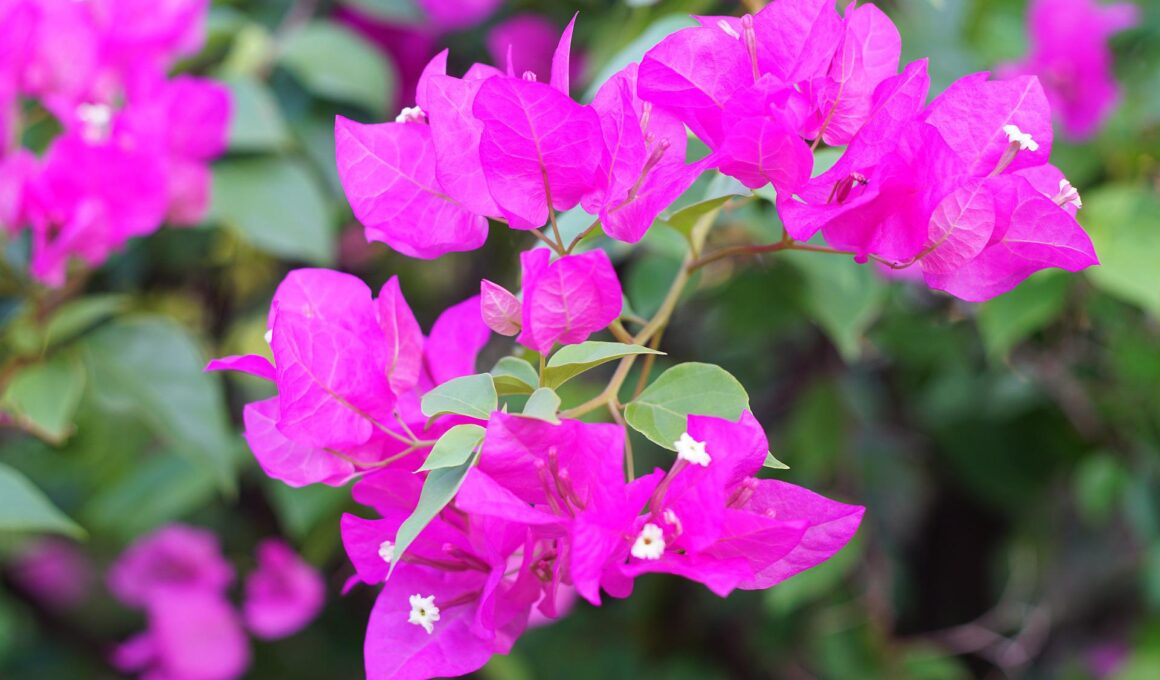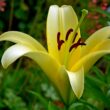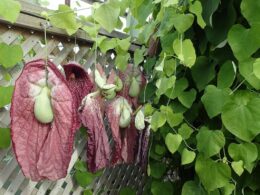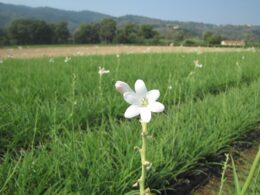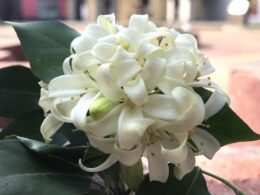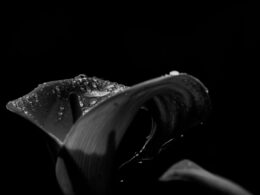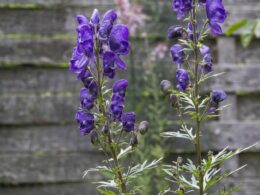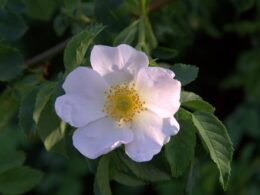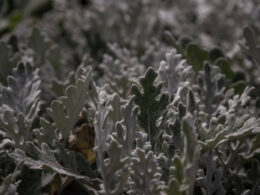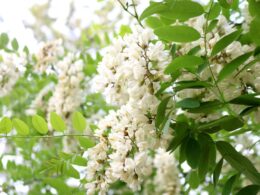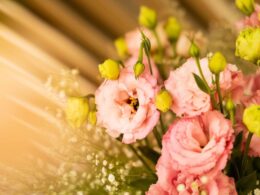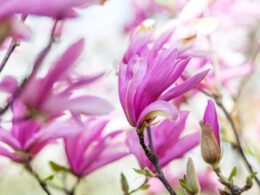Do you love the vibrant colors of bougainvillea flowers? If so, read on for tips on how to care for these plants and get the most blooms possible. We’ll also tell you when to expect the bougainvillea flower to bloom in your area.
Bougainvillea Flower: History and Morphology
The bougainvillea flower is a beautiful vine that originates from South America. It gets its name from French explorer Louis Antoine de Bougainville, who was the first European to describe it in 1768. The bougainvillea has since become a popular ornamental plant all over the world.
The bougainvillea flower is actually made up of small flowers surrounded by colorful bracts. The bracts are what give the plant its vibrant colors, which can include pink, purple, red, orange, and white. The bougainvillea blooms throughout the year in warm climates, but it can also bloom in pots indoors.
The bougainvillea can be an easy plant to care for, and it can be trained to grow on trellises, fences, or even as a ground cover. It does best in well-drained soil and full sun. Too much water can actually damage the plant, so it’s important to let the soil dry out between watering.
If you’re looking for a colorful, low-maintenance plant to add to your home or garden, bougainvilleas are a great option!
How to Grow a Bougainvillea Flower
Assuming you have already purchased a bougainvillea plant, the first step is to find the perfect location for it. This tropical plant thrives in warm climates with plenty of sunlight, so a spot that gets at least six hours of sun per day is ideal. If you live in a cooler climate, you can grow bougainvillea indoors near a sunny window.
Once you have found the perfect location, it’s time to plant your bougainvillea. Be sure to use well-draining soil, as this plant does not like to sit in wet conditions. When planting, be sure to leave enough space for the roots to spread out. After planting, water your bougainvillea deeply and then allow the soil to dry out completely before watering again.
Bougainvilleas are relatively low-maintenance plants, but they do need regular pruning to stay healthy and blooming. The best time to prune is in late winter or early spring, just before new growth begins. You can also cut away any dead or damaged branches at any time of year.
Bougainvillea Flower Care: Watering and Fertilizing
Bougainvillea plants are drought tolerant, so they don’t require a lot of water. In fact, too much water can actually harm the plant. When watering your bougainvillea, make sure the soil is dry before you water it. And be sure to allow the water to drain completely before you fertilize it.
Fertilizing your bougainvillea is important to promote growth and blooming. Use a water-soluble fertilizer that is high in phosphorus. Apply it every two weeks during the growing season. Reduce the frequency to once a month during the winter.
Bougainvillea Flower: Blooming Time
Bougainvillea flowers are beautiful, but they can be fickle when it comes to blooming. They may bloom sporadically throughout the year in warm climates, or they may have a single blooming period that lasts for several weeks. If you want your bougainvillea to bloom on a regular basis, there are a few things you can do to encourage it.
First, make sure that your plant is getting enough light. Bougainvilleas need at least six hours of sunlight each day in order to bloom regularly. If your plant is not getting enough light, it may only bloom once a year or not at all.
Second, fertilize your plant regularly. A good fertilizer for bougainvilleas is one that is high in phosphorus, which will help encourage blooming. Apply fertilizer to your plant every two weeks during the growing season.
Third, water your plant regularly. Bougainvillea flower needs to be kept moist, but not soggy. Allow the soil to dry out slightly between watering.
Finally, prune your plant regularly. Bougainvilleas bloom best when they are kept trimmed and shaped. Prune your plant after each blooming period to encourage new growth and more flowers.
Do Bougainvillea Flowers Have Thorns?
Bougainvillea flowers are beautiful, but they do have thorns. The thorns can be sharp, so be careful when handling the flowers. The thorns can cause skin irritation, so if you are allergic to plants with thorns, you should avoid contact with a bougainvillea flower.
Types of Bougainvilleas
There are many different types of bougainvillea flowers, each with its own unique appearance. The most common type is the dwarf bougainvillea, which is a small shrub that only grows to about 24 inches tall. It has dark green leaves and small, pink or purple flowers. The giant bougainvillea is a much larger plant, reaching up to 20 feet tall. It has bright green leaves and large, showy flowers in a variety of colors including pink, purple, red, and orange.
Why Is Your Bougainvillea Not Flowering?
One of the most common questions asked about this flower is “Why is my bougainvillea not flowering?” There can be a number of reasons why your bougainvillea isn’t blooming, and we’ll explore some of the most common ones.
First, it’s important to understand that bougainvilleas are tropical plants, and as such they need a lot of sunlight to bloom. If your plant isn’t getting enough sun, it’s unlikely to flower. Bougainvilleas also need warm temperatures; if it’s too cold where you live, your plant may not bloom.
Another reason your bougainvillea flower may not be blooming is that it’s not getting enough water. These plants like to dry out between watering, so make sure you’re not over-watering it.
Finally, if you’ve recently transplanted your bougainvillea, it may take a year or two for it to adjust to its new environment and start blooming again. Be patient and give it time to adjust, and it should start flowering eventually.
If you’re still having trouble getting your bougainvillea flower to bloom, consider talking to a local nursery or gardening expert. They may be able to offer additional advice specific to your plant.





